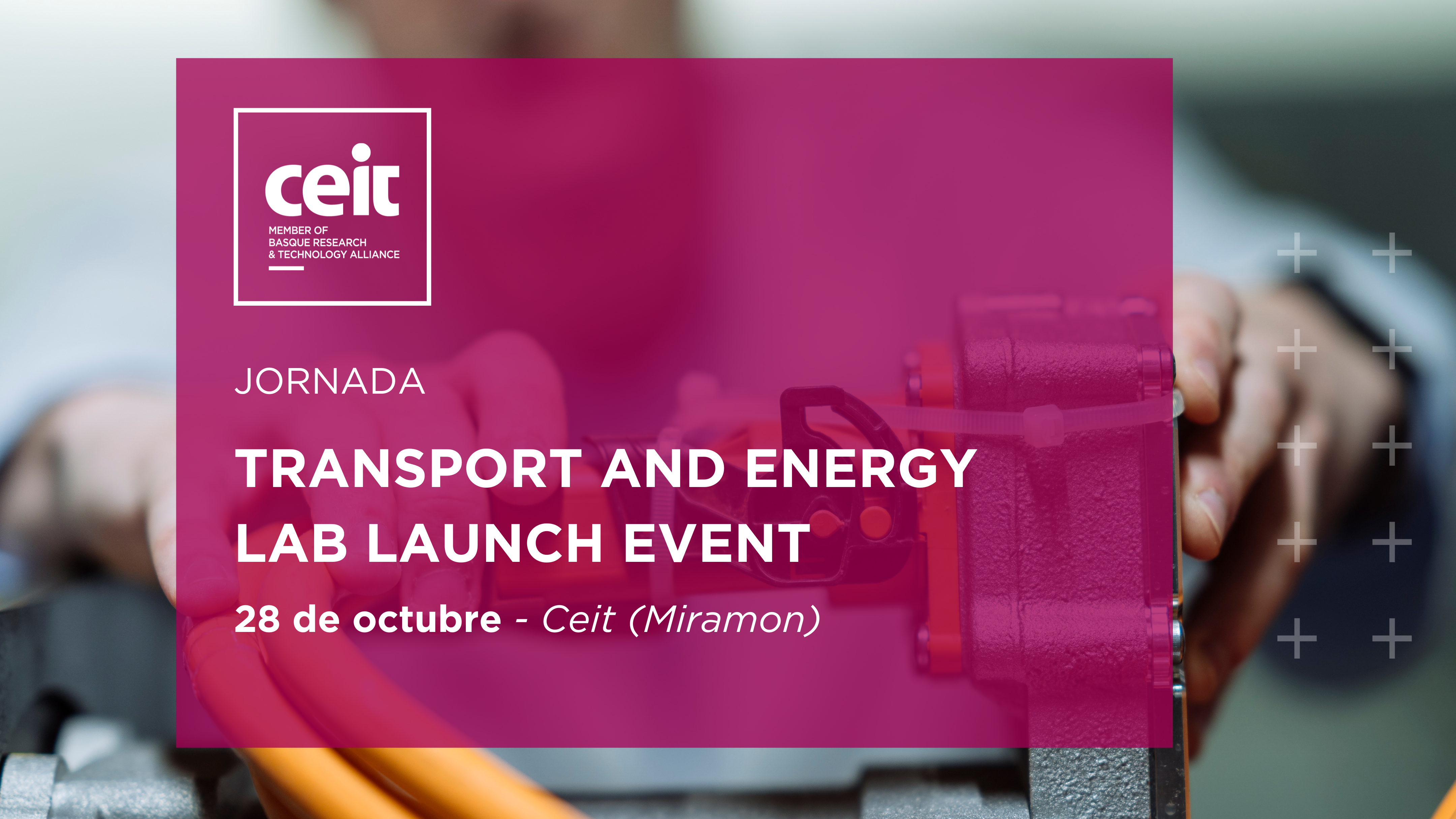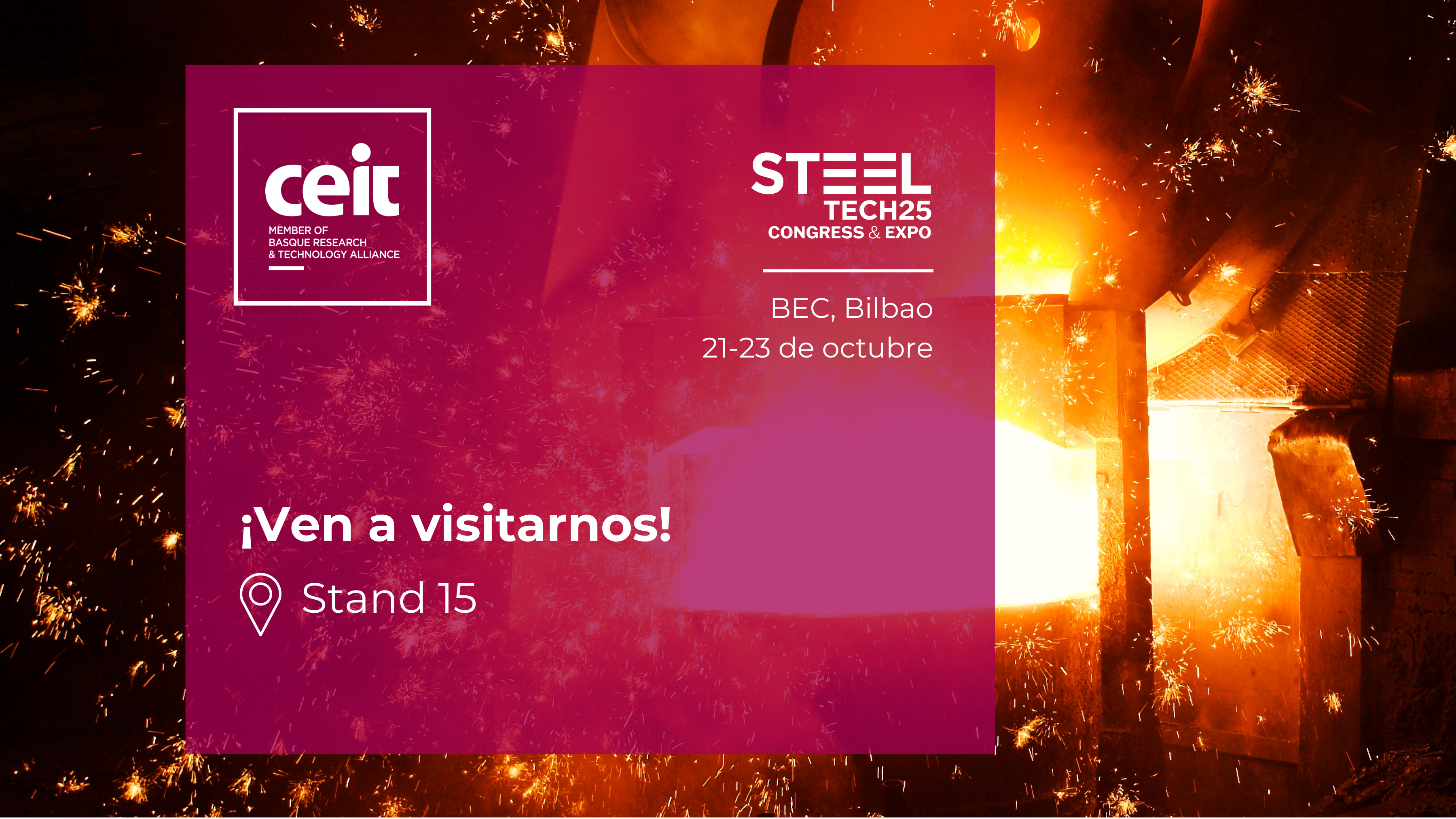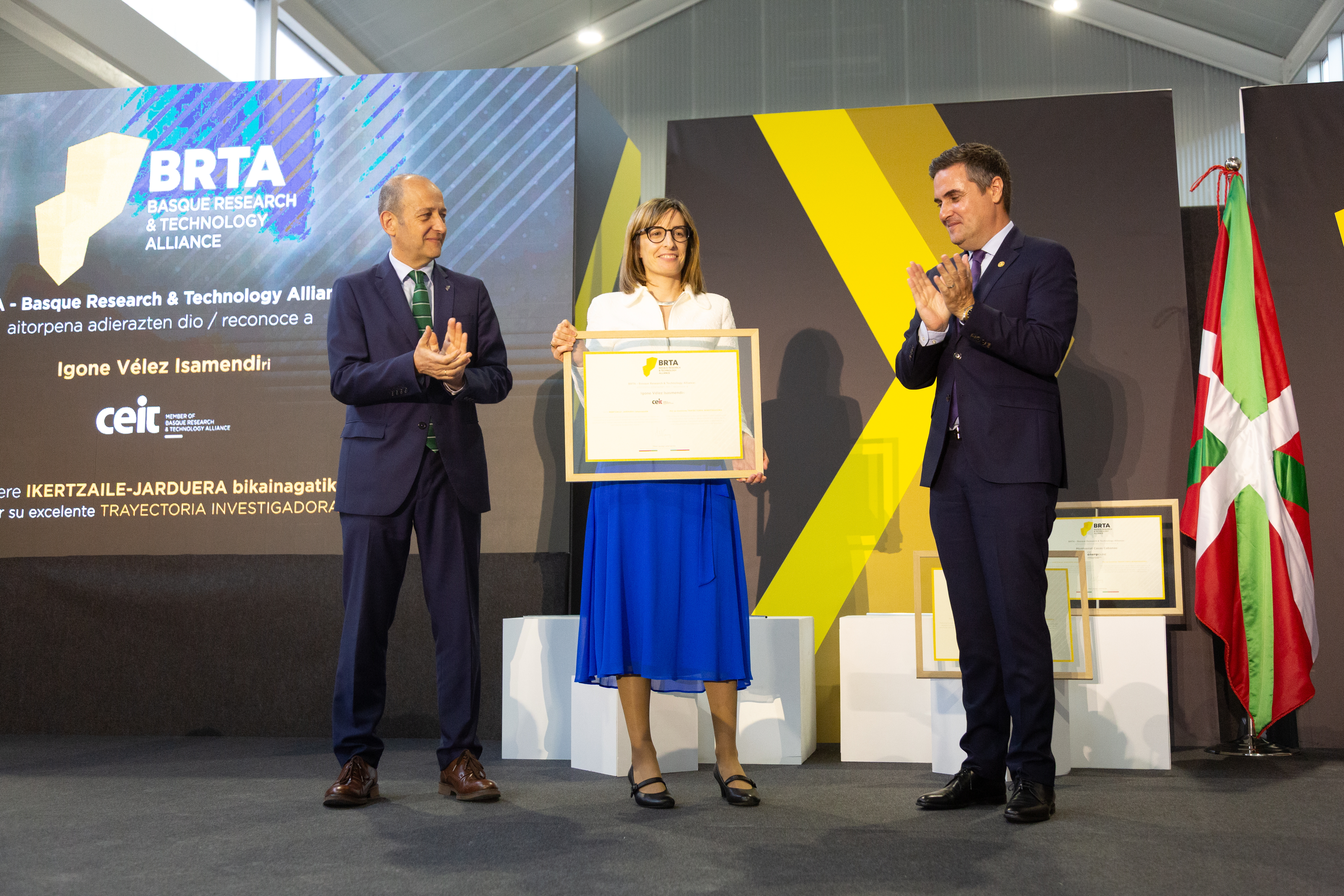New electric motor to reduce emissions from commercial aircraft

19 | 07 | 2024
The European project HIVOMOT, led by the technology center Ceit together with SUPRASYS, Antec Magnets and Alcorza Berango, which has developed an electric motor prototype that reduces greenhouse gas emissions for regional aircraft, has come to an end.
An experimental electric motor has been designed to match the performance of the current turbines, but with the same performance as an aircraft for more than 50 passengers.
HIVOMOT has been a significant breakthrough in aircraft propulsion technology, marking a milestone in emissions reduction.
Air transport is one of the fastest growing sources of greenhouse gas emissions in recent years. According to data of the European Parliament, between 1990 and 2017 its emissions have increased by 128.7% and already represent 3.42% of the total, mainly due to the strong rise in international trade.
To mitigate this impact, a consortium of companies led by the technology center Ceit has developed the project HIVOMOT (HIgh power and VOltage operation of electric MOTors in aeronautics), which, after three years of work, has culminated in the creation of a prototype electric motor for aeronautical propulsion capable of significantly reducing emissions from commercial aircraft.
The goal of project, as explained by researcher of the transport and energy division and coordinator of project framework Satrústegui, has been "to develop an experimental electric motor to replace the current turbines; one that works with High Temperature Superconducting (HTS) technology, based on superconducting materials, and that offers the same performance as the gas turbines used in commercial aircraft with more than 50 passengers".
Currently, there are small-sized electric aircraft that require less power and are used in urban transport vehicles, wind power generation or industry. These motors are based on a system of neodymium magnets located in the rotor, a technology that, as explained by researcher of Ceit, is already "very much at the limit" of its capabilities, which required higher power density solutions.
Greater lightness and power with less environmental impact
As an alternative to this system, the consortium has employee HTS technology to provide greater propulsive power with less weight and to obtain performance similar to that of a gas turbine. Specifically, it has achieved a rotational speed of 3,000 rpm and a power output of 2 MW, 20 times more than an electric car needs.
To operate effectively, this technology requires very demanding cooling conditions of -200oC, which are what allow the superconducting materials to exploit their full potential and avoid losses that overheat the system. Therefore, one of the challenges faced by the consortium has been to achieve greater cooling capacity and implement it in the new motor, which is significantly smaller and lighter than conventional propulsion devices.
An additional challenge has been to ensure electrical insulation performance at altitude, where air properties change and worsen the insulation conditions of the static part of the motor. To overcome this, several tests have been carried out by laboratory consisting of subjecting current insulation technologies to different tests in altitude conditions with climatic chambers to observe their response. This has made it possible to predict their behavior at altitude and to obtain the necessary information to design an adequate insulation for the new engine.
committee advisor of European aeronautics industry stakeholders
The project led by Ceit is also integrated by the companies Antec Magnets, Suprasys and Alconza Berango, and is part of the European program Clean Sky 2, financed with funds from the European Union at framework of the Horizon 2020 program. Also, the project has a committee advisor formed by representatives of RollsRoyce ITP, Indra, Safran, Egile and IRT. "The committee has been informed of all the progress we have been making and they, for their part, have given us their feedback and have indicated the requirements and the different conditions that the engine had to meet, its performance or the feasibility of the developments," explains framework Satrustegui.
The project HIVOMOT has been a significant breakthrough in aeronautical propulsion technology, marking a milestone in emissions reduction. Thanks to the development of this engine, the feasibility of reducing greenhouse gas emissions in the commercial air transport sector has been demonstrated.




